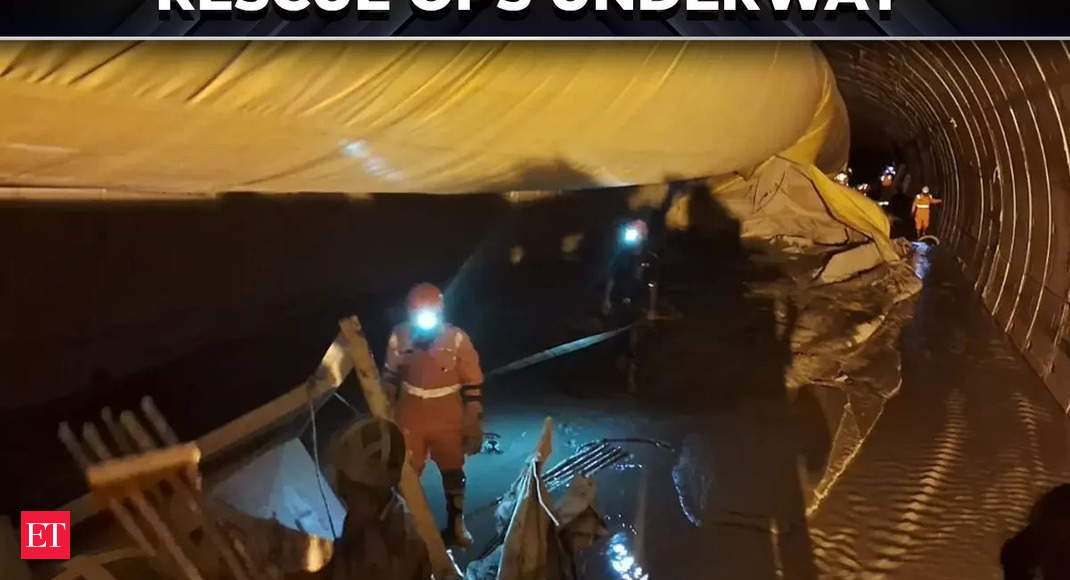India is currently facing a significant water crisis as reservoir levels continue to decline. The country heavily relies on these reservoirs for various purposes, including irrigation, drinking water, and power generation. The declining levels have been attributed to a variety of factors, including delayed monsoons, overuse of water resources, and climate change effects. As a result, several regions in India are already experiencing water shortages, with farmers being the most affected. Water scarcity during the summer months can have severe consequences for agriculture, leading to crop failures and economic losses. In addition, it poses a threat to public health, as access to clean drinking water becomes limited. The situation is particularly challenging in states like Maharashtra, Tamil Nadu, Karnataka, and Andhra Pradesh, where reservoir levels have reached critically low levels. These states have imposed strict water rationing measures, including limiting water supply to households and restricting irrigation activities. The government has also introduced initiatives such as rainwater harvesting and water conservation campaigns to address the issue. However, these measures may not be sufficient to mitigate the crisis completely. Experts emphasize the need for long-term solutions, including the construction of new reservoirs, modernization of irrigation systems, and the promotion of water-efficient practices. The water crisis in India is not a new issue, and it has been a recurring problem in recent years. Climate change and unsustainable water management practices have exacerbated the situation. It is crucial for the government and society to prioritize water conservation and sustainable water resource management to avoid future crises. The upcoming summer months will be a litmus test for India’s ability to handle the water crisis effectively and prevent widespread societal and economic disruptions.
India Stares at Summer Water Crisis as Reservoir Levels Slide

-
Uncategorized








